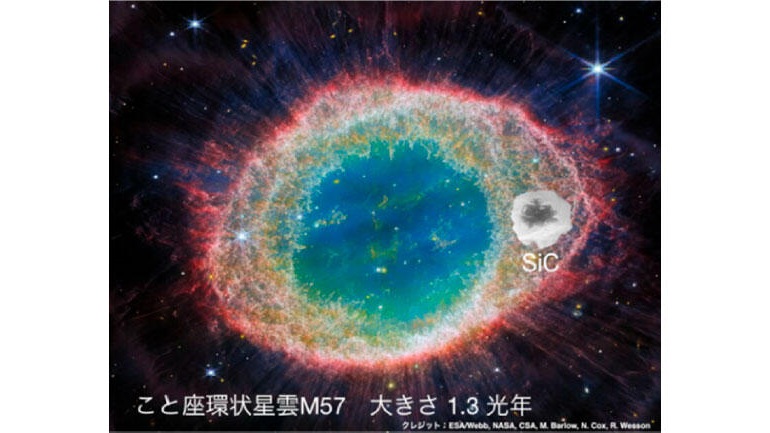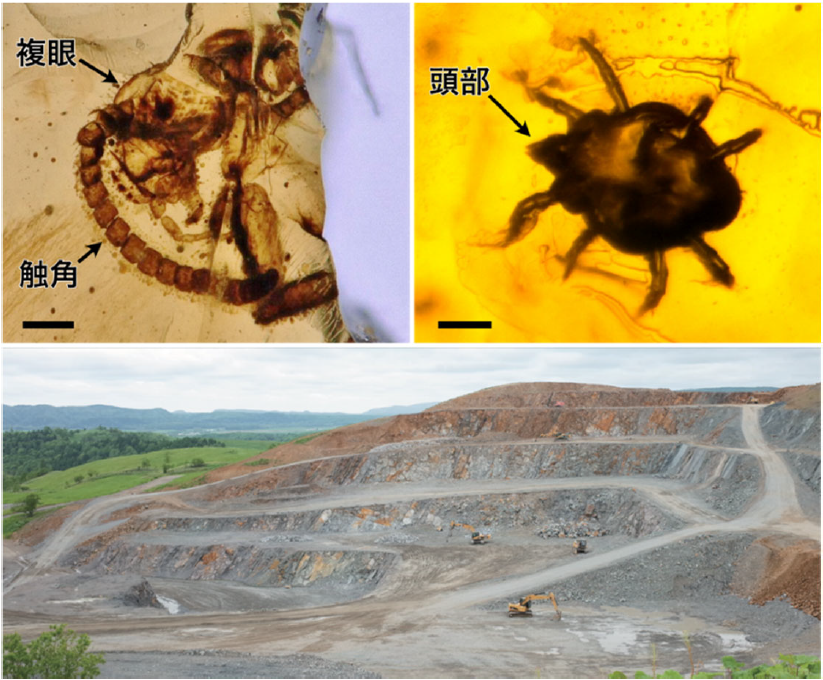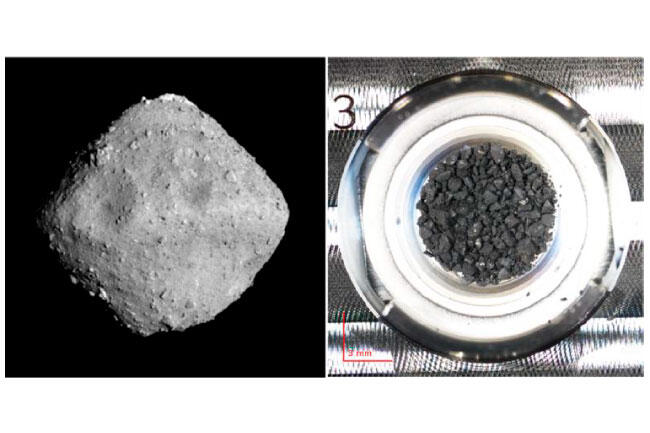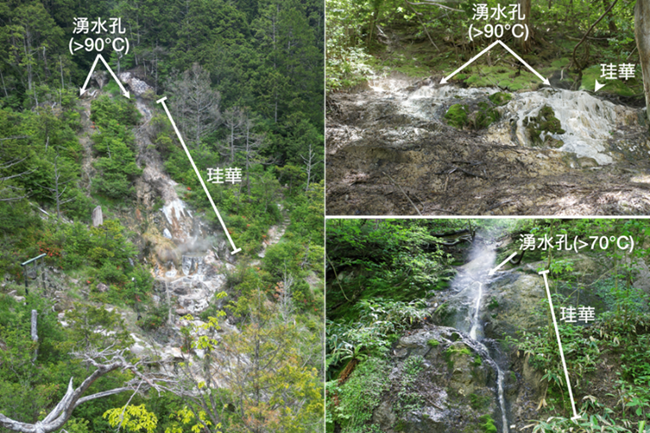Origin of Phobos and Deimos: gas-drag capture of temporarily captured bodies
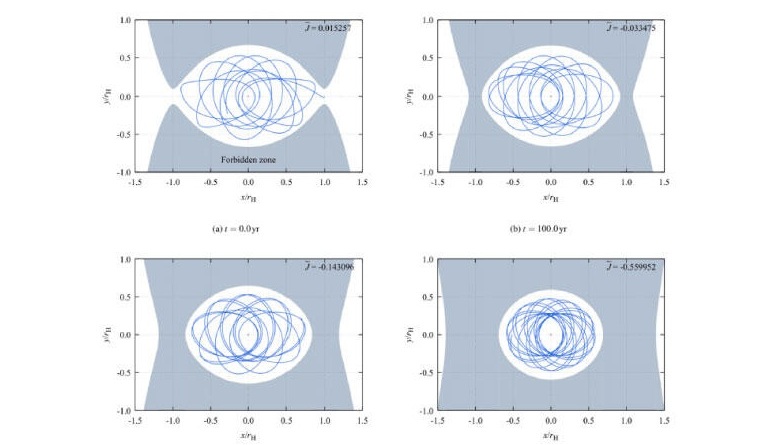
Abstract
The gas-drag capture hypothesis for the origin of the Martian moons Phobos and Deimos, fairly consistent with their reflectance spectra like carbonaceous meteorites, faces difficulties in explaining their small orbital inclinations and the dense gas required for capture. Here, we show through numerical and theoretical analysis that gas-drag capture via temporary capture of small bodies can overcome these difficulties. Temporary capture occurs for small bodies entering the Martian Hill sphere at low speeds from the L1 or L2 Lagrange points, allowing them to orbit Mars repeatedly even without dissipation. Such a long-range orbit around Mars enables complete capture by weak gas drag under the minimum-mass solar nebula and more dilute gas densities, with minimal dependence on the specific gas flow structure. The orbital inclination with respect to the Mars orbital plane is suppressed to ….
Read the original article on Monthly Notices of the Royal Astronomical Society
Article inforamation
Ryo N Matsuoka, Kiyoshi Kuramoto, Origin of Phobos and Deimos: gas-drag capture of temporarily captured bodies, Monthly Notices of the Royal Astronomical Society, 543, 3, 2025, 2613–2632
DOI:10.1093/mnras/staf1534



